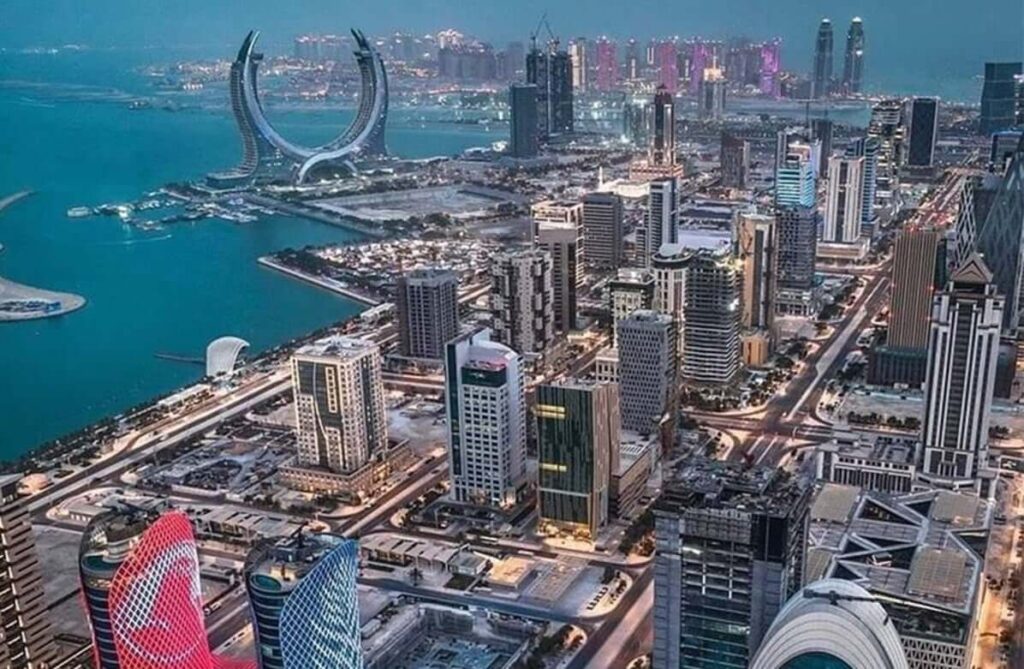Driven by a considerable increase in transaction volumes and renewed momentum in lease registrations, particularly in mid-income and high-demand areas, the second-quarter data confirms the country’s real estate sector’s robust trajectory. While newer neighborhoods like Al Wakrah are developing as crucial foundations for growing the market base and boosting its diversity, established investment hotspots like The Pearl and Lusail continue to draw investors.
The real estate market in Qatar saw transactions totaling QR8.9 billion in the second quarter of this year, up 29.8% from the same period in 2024, marking the highest quarterly performance since Q3, 2020.
In the inaugural issue of its “Real Estate Bulletin,” the Real Estate Regulatory Authority (Aqarat) of Qatar made this revelation.
In addition to highlighting trends in real estate transactions, changes in the rental market, and the regional distribution of demand, the bulletin tracks developments in the nation’s real estate industry.
During the aforementioned time, real estate sales also increased significantly, totaling 1,915 transactions across many categories, which is a 44% increase over the second quarter of 2024. Since the third quarter of 2020, this is the best quarterly result to date.
With sales of almost QR4.8 billion, Doha Municipality had the “largest share” of the transaction volume, followed by Al Rayyan Municipality with QR1.9 billion.
Aqarat estimates that during the time, residential transactions made up about 44% of all real estate transactions.
With almost 266 transactions, The Pearl led the list of “most sought-after” neighborhoods. Lusail came in second with 125 transactions, thanks to their prime locations, high-caliber projects, and increasing appeal to both residents and investors.
With about 39.2% of the sold apartments, Doha had the largest share, followed by Al Rayyan (18.2%) and Al Daayen (17.2%).
Up to 58,246 lease contracts were registered in the first half of the year, the most in the previous six years, indicating that the rental market was also thriving.
According to Aqarat, this is a roughly 26% increase over the 46,073 contracts reported during the same period previous year.
Due to its popularity among tenants for providing affordable housing options, Al Wakrah Municipality saw the “highest demand” for rental contracts, particularly in locations like Al Wukair, Al Mashaf, and Al Thumama, which combined registered 5,337 contracts.
Driven by a considerable increase in transaction volumes and renewed momentum in lease registrations, particularly in mid-income and high-demand areas, the second-quarter data confirms the country’s real estate sector’s robust trajectory.
While new neighborhoods like Al Wakrah are developing as crucial pillars for growing the market base and improving its diversity, well-established investment hotspots like The Pearl and Lusail continue to draw in investors.
Aqarat noted, “The sector is expected to continue benefiting from the accelerating pace of digital transformation, improved regulatory transparency, and strategic investment in infrastructure in line with Qatar National Vision 2030.
“Barring any major external disruptions, these strategic pillars position the market for sustainable growth, expanded investment participation, and strengthening Qatar’s position as a leading real estate investment destination in the region.”
